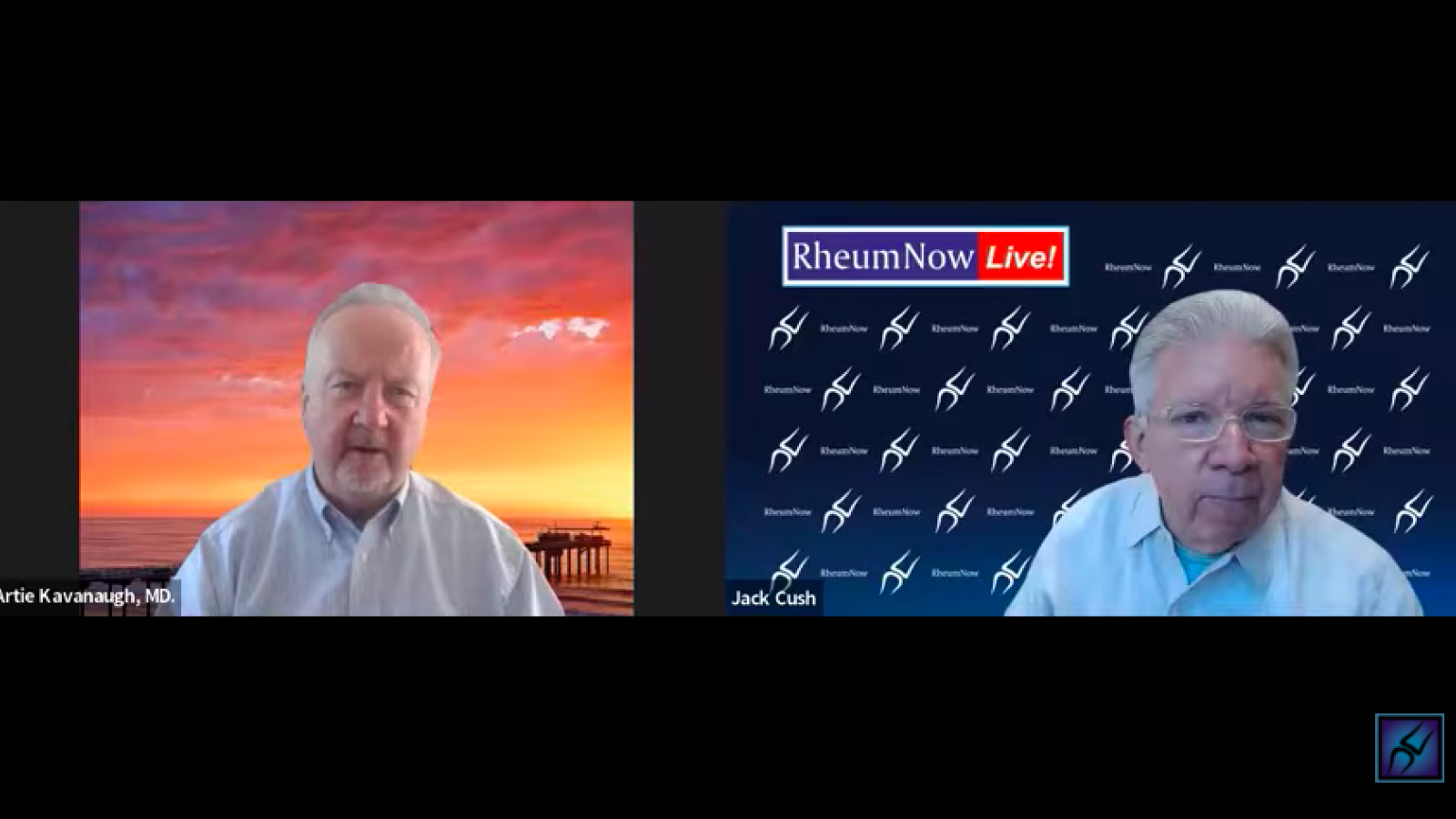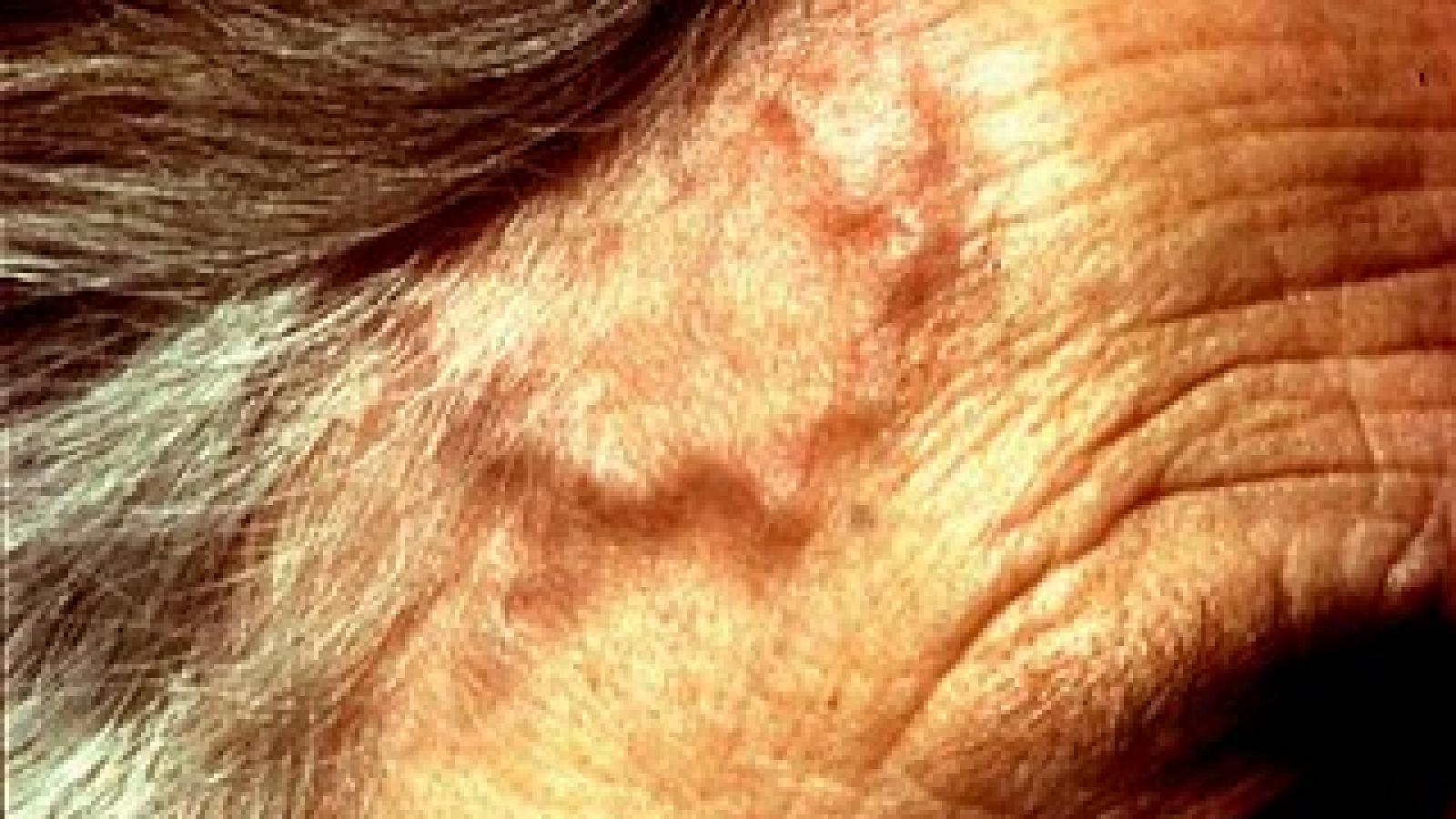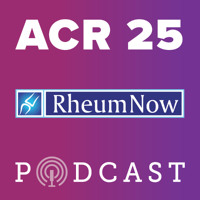Vasculitis
Drs. Jack Cush & Arthur Kavanaugh, two of rheumatology’s most trusted voices, provide a breakdown of the latest breakthroughs and hottest topics in rheumatology from the 2025 ACR Convergence meeting in Chicago.
They say the easiest bit about GCA, like PMR, is the first week after you start steroids. Those fond memories belie the challenge of ongoing treatment in GCA. In a steroid-only world, there is only misery. Steroid-sparing therapies have changed this completely.
For the last several years, conversations about JAK inhibitors have often started and ended with safety. The shadow cast by ORAL Surveillance has made clinicians more cautious and regulators more restrictive. Yet in practice, many of us continue to reach for upadacitinib when we face challenges in treatment, from rheumatoid arthritis to axial spondyloarthritis.
My favorite session at ACR Convergence is often the “Great Debate.” The debate this year also evaluated one of my favorite topics – ultrasound in giant cell arteritis (GCA). More specifically, it asked the question of whether biopsy or ultrasound should be the preferred modality for diagnosing GCA.
As the population ages globally, rheumatologists are caring for an increasingly older patient population more than ever before. In RA alone, nearly 40 percent of patients are now aged 65 years or older. Yet the evidence guiding our treatment decisions continues to come from studies that rarely include them, giving rise to a fundamental question: do we really know how best to treat older adults with rheumatic diseases?
ACR 2025 began today in Chicago with throngs of rheumatologists, fellows, ARP members, APPs and pharma folk taking to the meeting halls and rooms for tons of novel content.
Two pioneering studies presented at ACR Convergence 2025 spotlight the potential of CAR-T cell therapies to transform treatment for systemic lupus erythematosus (SLE) and other autoimmune diseases. These early findings suggest a new frontier in immune modulation and long-term disease remission.
With increased disease awareness and more regular, accessible testing for anti-neutrophil cytoplasmic antibodies (ANCA), ANCA-associated vasculitis (AAV) has become an increasingly recognized clinical entity in rheumatologic practice.















 Poster Hall
Poster Hall